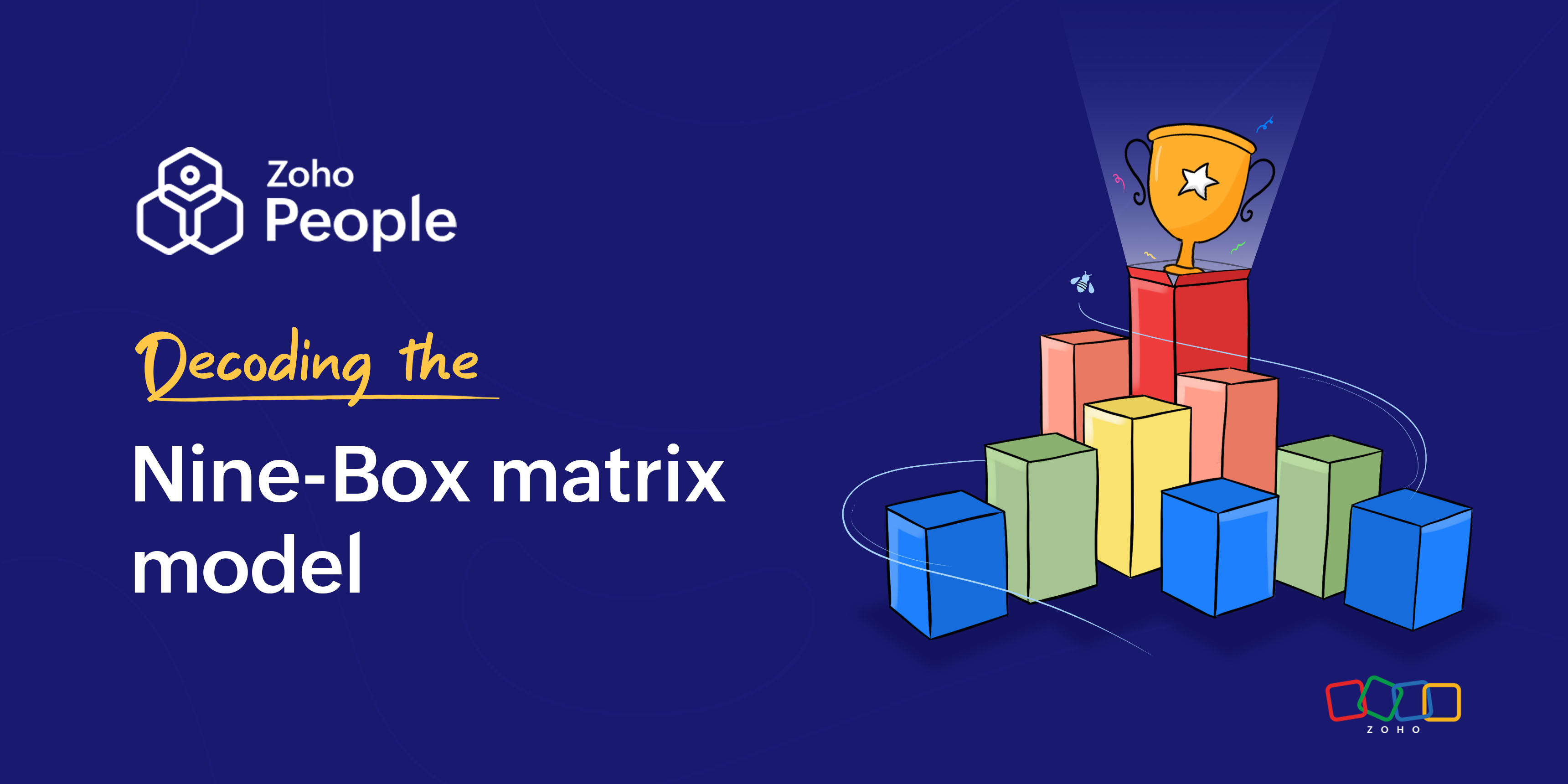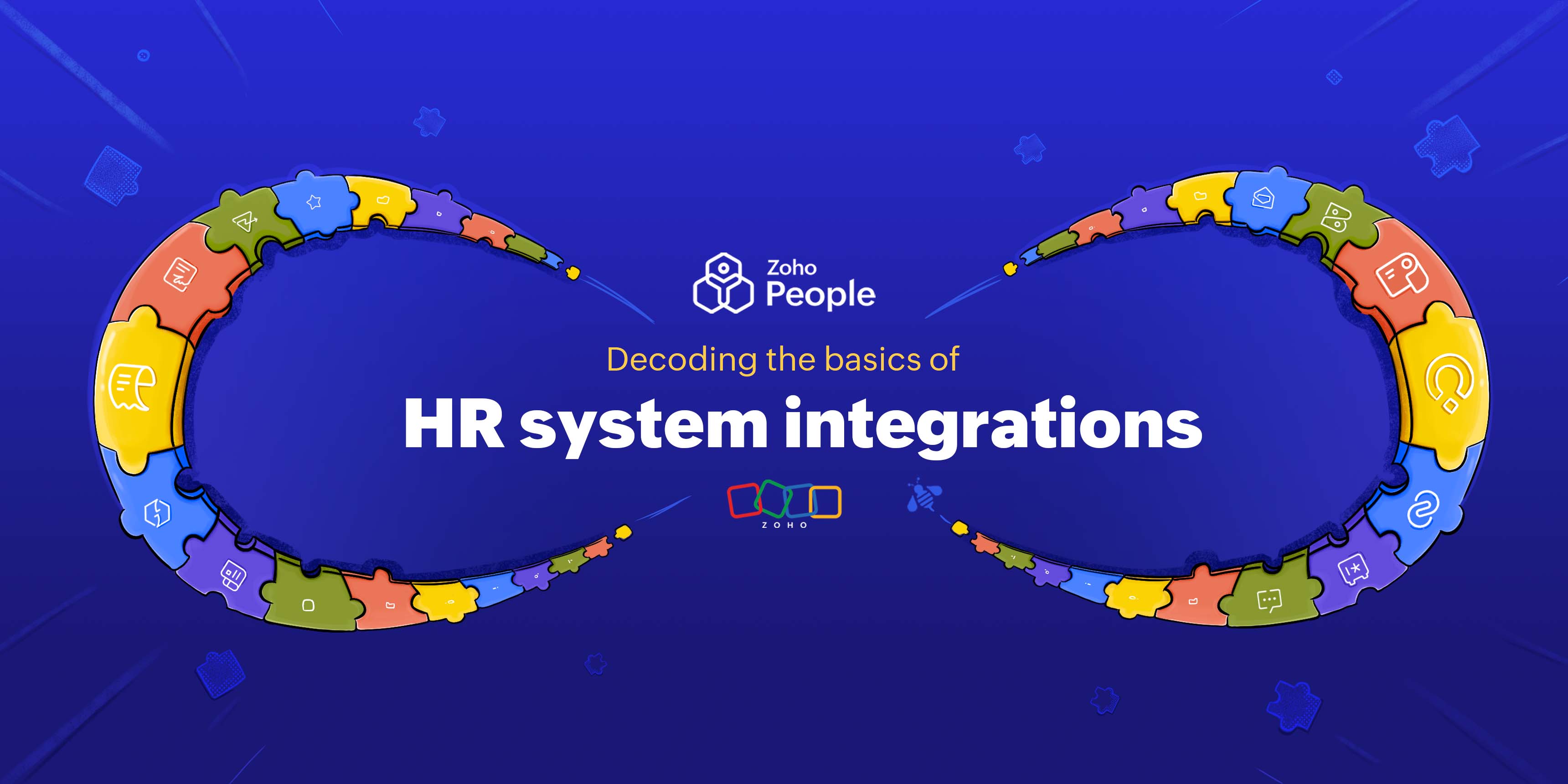- HOME
- Performance and Culture
- Nine-box matrix model: The what, why, and how
Nine-box matrix model: The what, why, and how
- Last Updated : October 6, 2023
- 1.1K Views
- 4 Min Read

Employees are the lifeblood of any organization. When they come up with new ideas, cater to customer needs, and perform well, your organization prospers. Otherwise, no amount of effort or creative strategies can scale up your business's success. That's why talent management has evolved to become one of the key areas that every organization has to focus on. When it comes to talent management, performance management especially has to be optimized to bring out the best in your employees. This is where the nine-box matrix, the employee assessment tool, truly shines. Read on to understand the basics of the nine-box matrix model.
What is a nine-box matrix model?
The nine-box matrix model is a valuable employee performance assessment tool that categorizes employees into nine different quadrants based on their current level of performance and their potential to excel in the future.
For instance, some of your employees may be performing really well but may have very little room for growth. Other employees may not only deliver outstanding performance but also have great potential to grow and take on leadership responsibilities. The nine-box matrix will help your HR team identify employees with low, moderate, and high-performance levels and potential. This helps you determine where your employees are headed within your organization.
Usually, the vertical axis in the nine-box matrix model highlights the potential of your workforce, and the horizontal axis represents the performance levels of your workforce.
Why should my organization adopt the nine-box matrix model?
During performance management, you must have a clear understanding of your employee's performance and potential levels so that you can build personalized development strategies that are tailored to take each one of them to the next level.
Nine-box matrix will help you identify key players and high performers so that your organization can recognize their talent and hard work and provide greater responsibilities that help them climb up their career ladder. Identifying the key players will also help your organization's succession planning strategies.
Similarly, it identifies employees who possess limited potential but perform really well in their current roles. This will help your organization offer the right learning opportunities that will help them grow.
It also highlights employees who don't have the potential to grow and whose current performance doesn't meet expectations. By talking to this set of employees, you'll be able to determine what's hindering their performance, while offering mentoring, learning, and performance improvement plans to help them excel.
The nine-box matrix is super simple to use and doesn't take much of your time, while offering the right set of insights to improve your development strategies.
How can I adopt the nine-box matrix model at my organization?
Here are three simple steps to implement the nine-box matrix model in your organization:
1. Run performance appraisals
Before starting, define performance metrics that will help you evaluate your employees fairly. These metrics can be based on how your employees achieve the goals you set for them, new initiatives and ideas they bring to the table, or their quality of work and its impact on your organization's success. Whatever it is, have a word with your managers and set clear metrics. This will help you identify your low, high, and moderate performers. Complement your performance appraisal process with self-evaluations and 360-degree feedback to make it as objective as possible.
2. Evaluate their potential
One of the tell-tale signs that'll help you identify high-potential employees is that they will show extensive interest in expanding their responsibilities and will always be eager to learn new. They approach change and challenges with enthusiasm. They'll always look out for constructive feedback that'll help them determine their weaknesses and overcome them efficiently. Employees with low potential may be working at their full capacity with absolutely no room to grow or take on additional responsibilities.
3. Bring both together in the matrix
Once you analyze the current performance and future potential of your employees, you'll be able to place them in the matrix seamlessly. Now, you'll have a clear idea about where each one of your employees stands and how to offer better development strategies to take them to the next level.
Nine box matrix in Zoho People
Zoho People, our all-in-one HR suite, comes with a comprehensive performance management system that empowers HR teams to track goals, KRAs, competencies, skillsets, etc., run performance appraisals regularly, facilitate 360-degree feedback, and exchange feedback with employees. With the available performance data, Zoho People's performance management system generates a nine-box matrix automatically with employees placed across the nine different matrices based on their performance and potential.
 Tarika
TarikaContent Specialist at Zoho People


